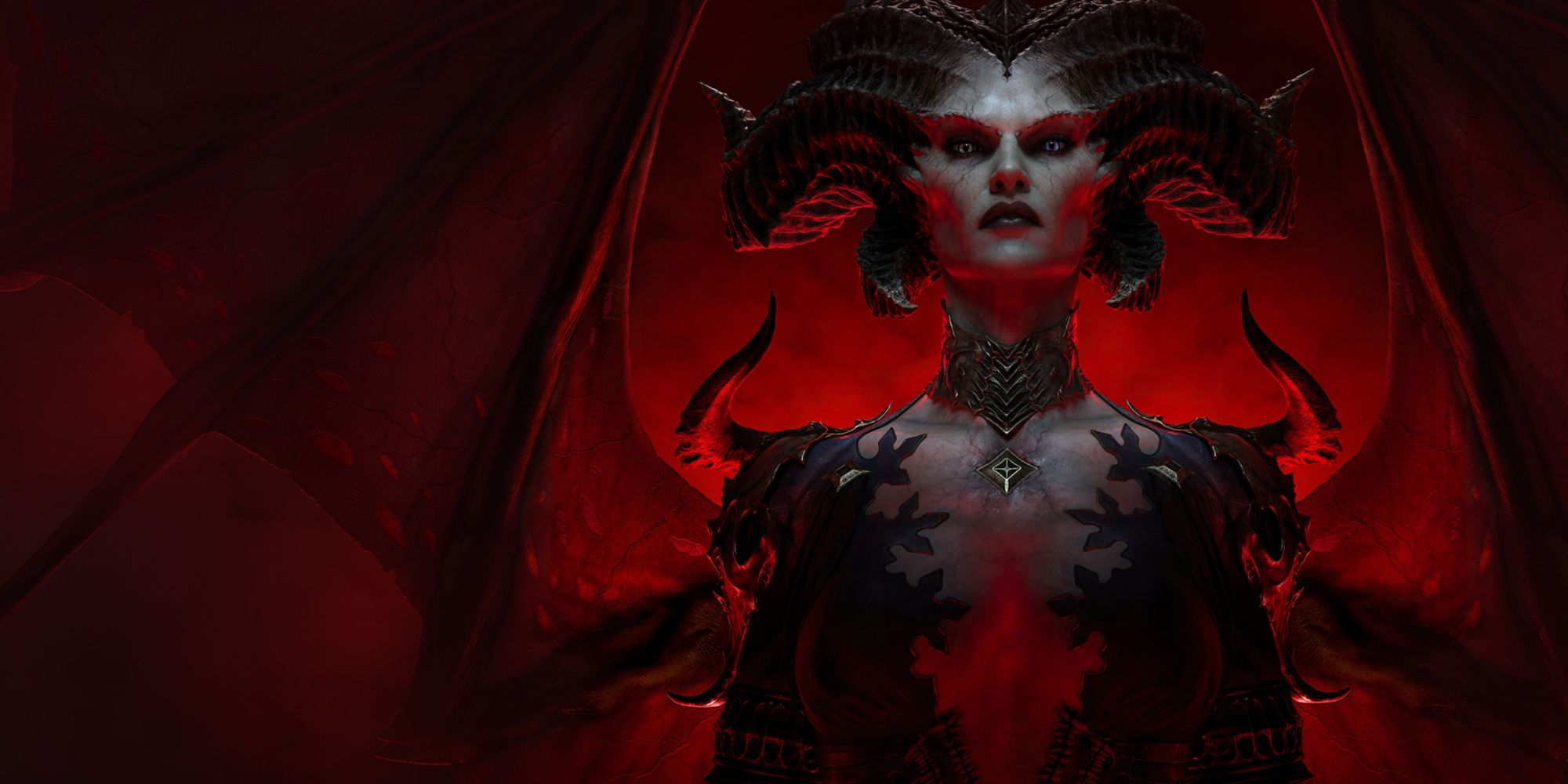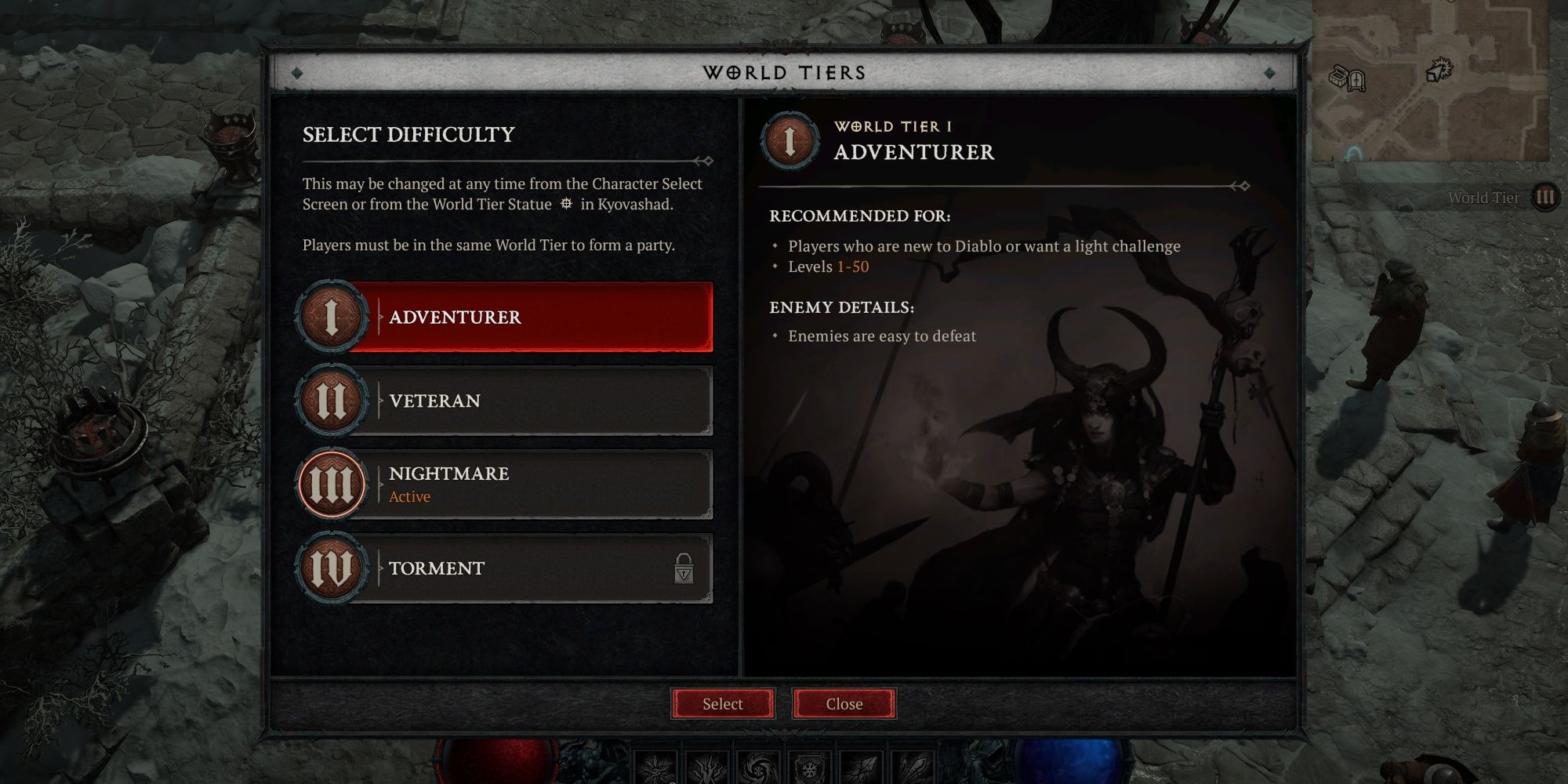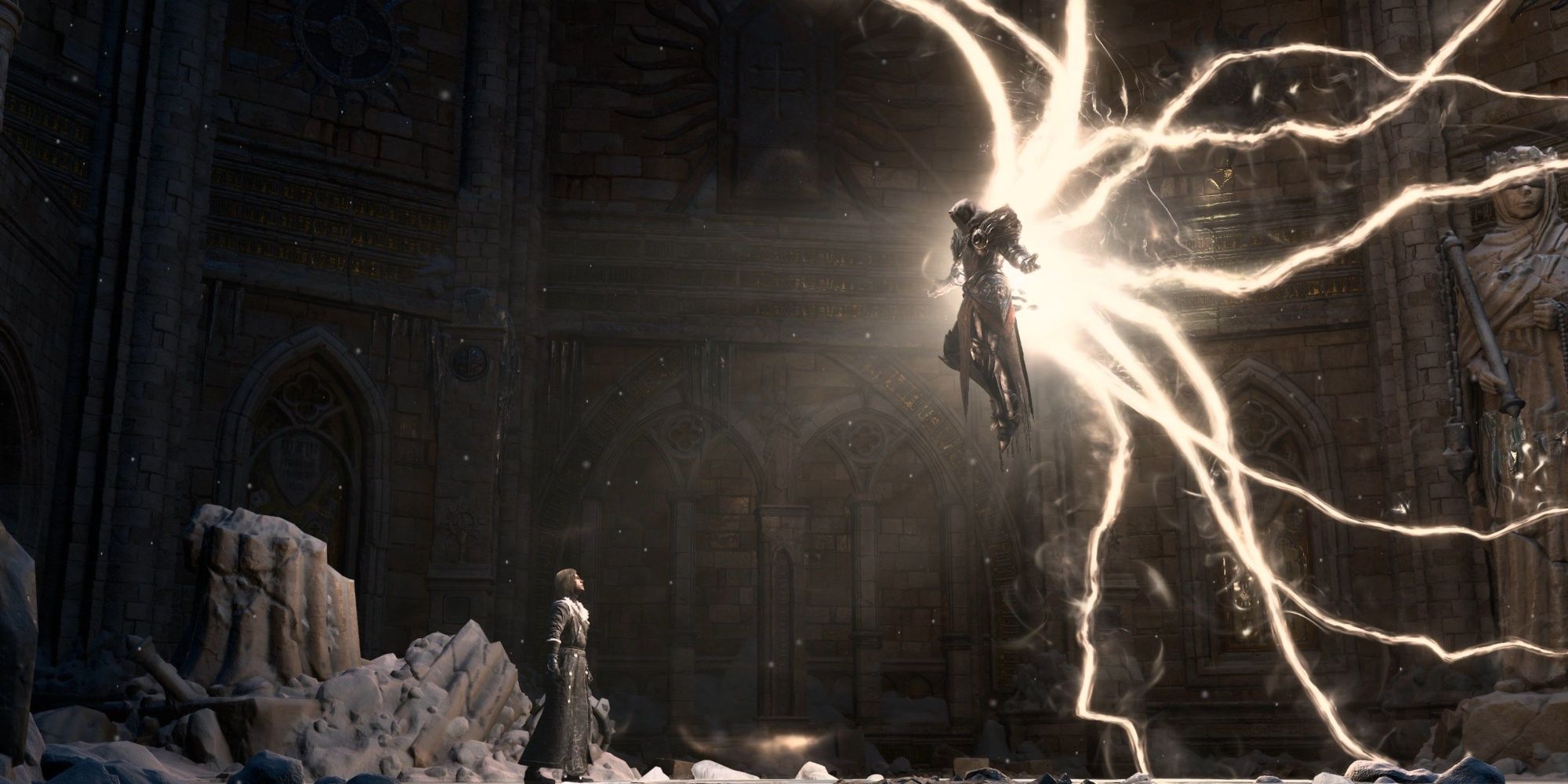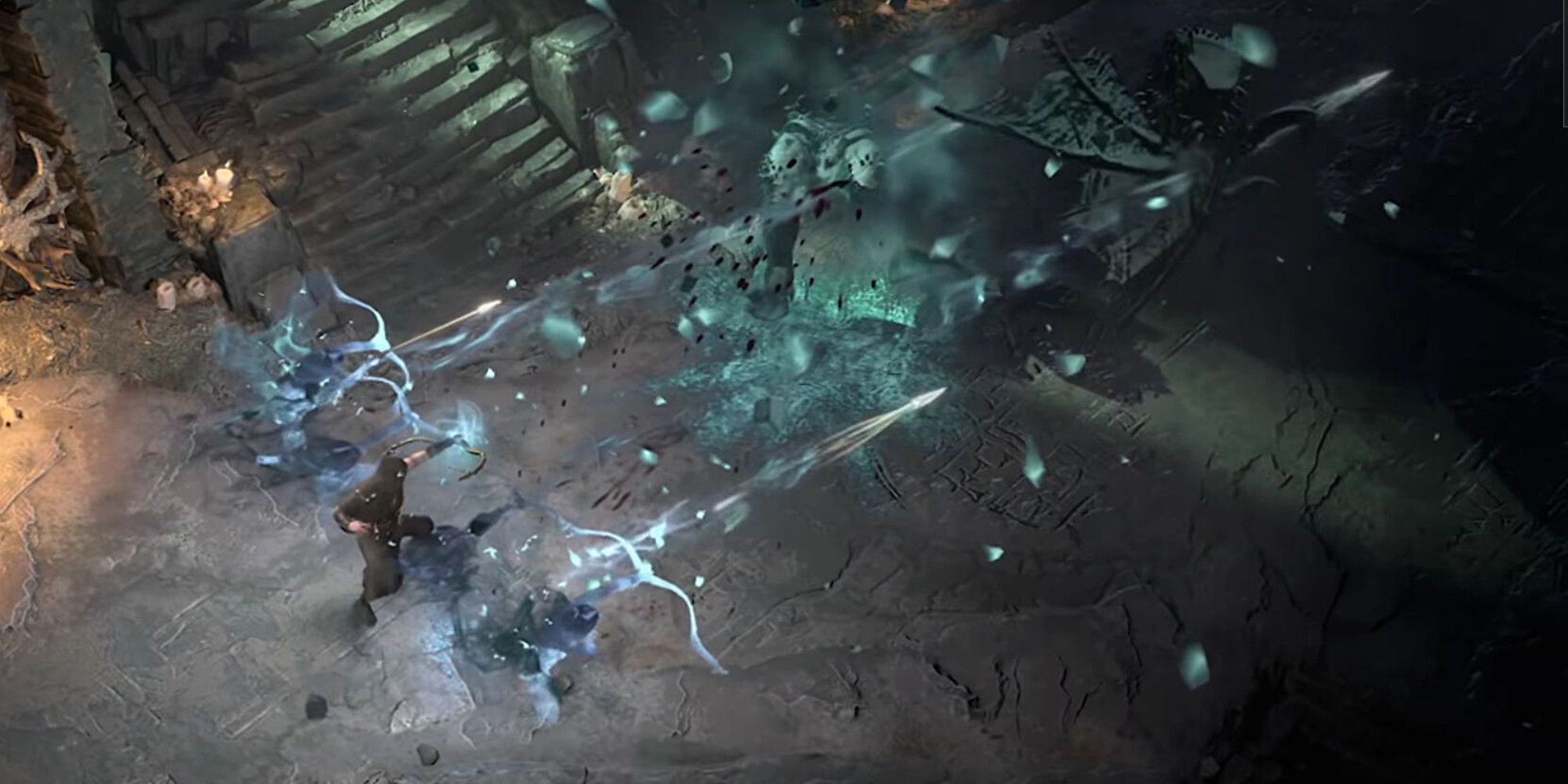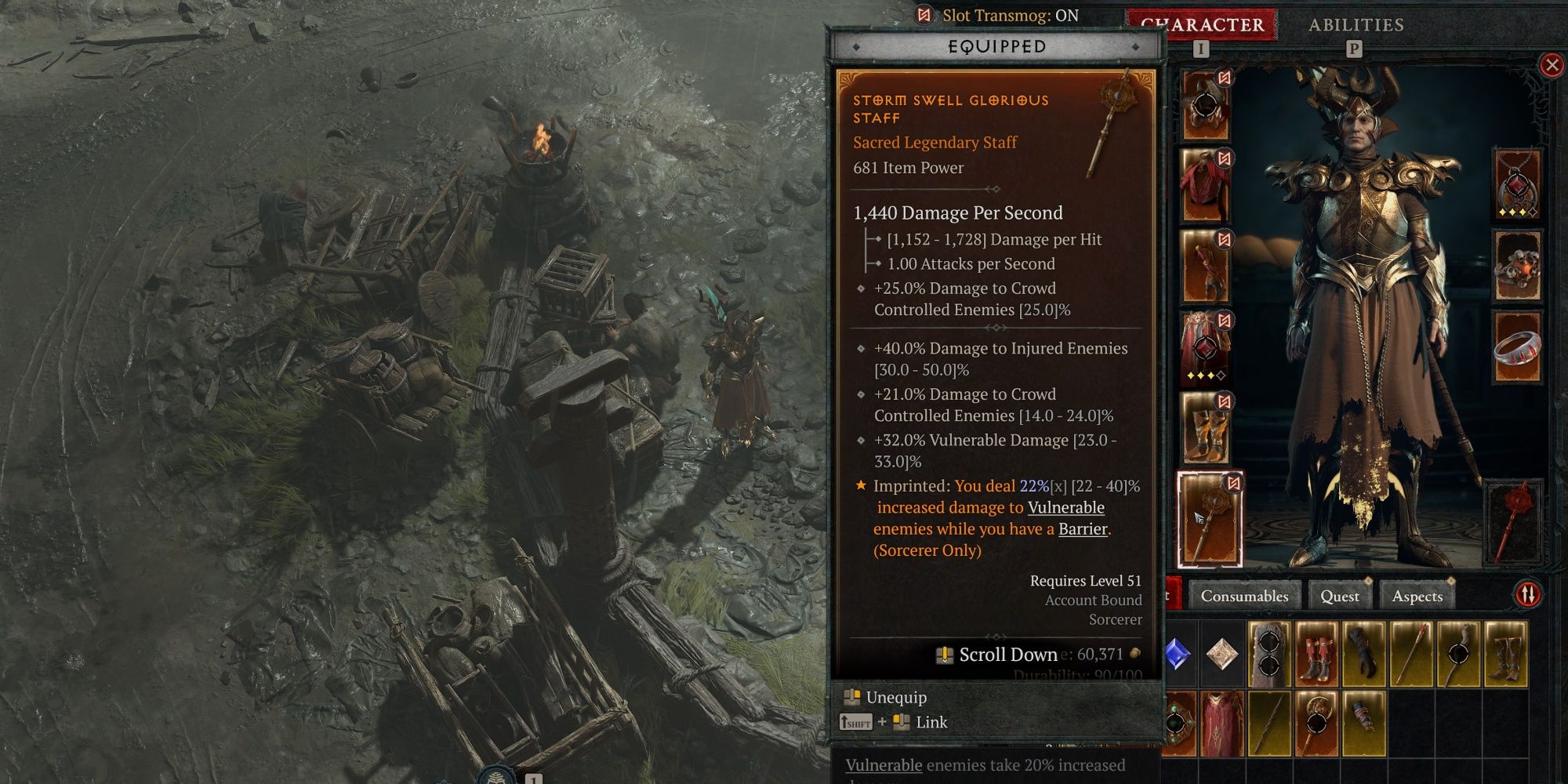Diablo 4 has converted the traditional difficulty settings in past titles into World Tiers, a new system that scales the entire game to your chosen difficulty level. Increasing your World Tier will lead to a tougher but more rewarding experience, as most rewards scale with higher difficulty settings.
By default, players will get access to two World Tier states. But by completing certain endgame activities and optimizing their builds, players can unlock Diablo 4’s endgame World Tier difficulties to earn some of this game’s strongest items. This guide will showcase how the World Tier system works, explain what each difficulty tier does, and we’ll cover the rewards you can expect from each tier.
What Are World Tiers?
All difficulty variants seen in previous Diablo games have been converted into World Tiers in Diablo 4. Each World Tier represents a difficulty setting, adjusting the level and intelligence of the monsters you face. Conversely, higher World Tiers increase the quantity of Gold and items that monsters drop, and higher World Tiers unlock the ability to earn Unique-rarity loot from certain endgame activities. Items can also drop as Sacred or Ancestral variants on World Tiers 3 and 4, respectively.
If you’re a Diablo veteran, World Tiers are analogous to these classic difficulty settings:
- World Tier 1: Normal
- World Tier 2: Hard
- World Tier 3: Nightmare
- World Tier 4: Torment (Diablo 3) | Hell (Diablo 2)
Unlocking Higher World Tier Difficulties
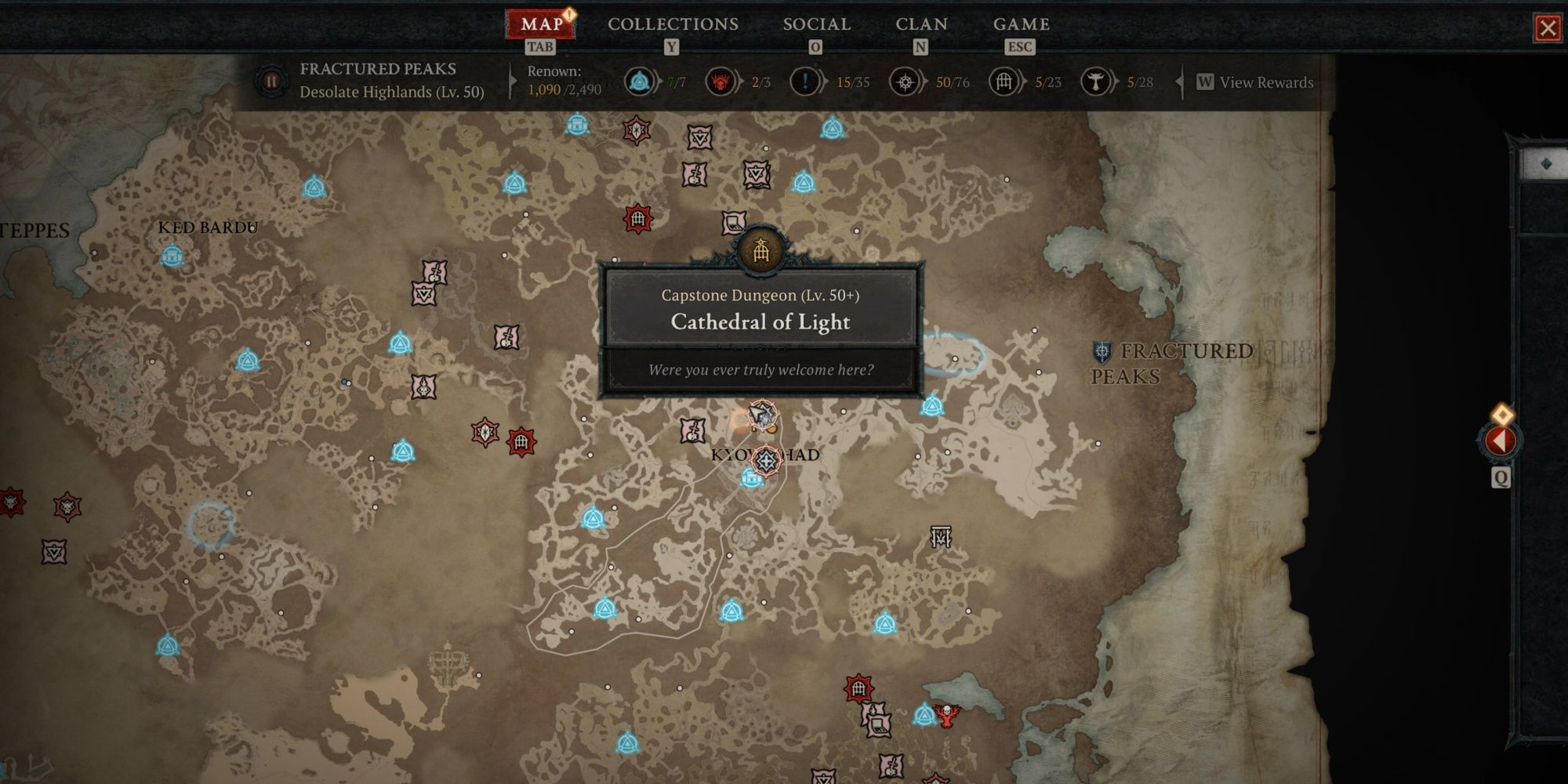
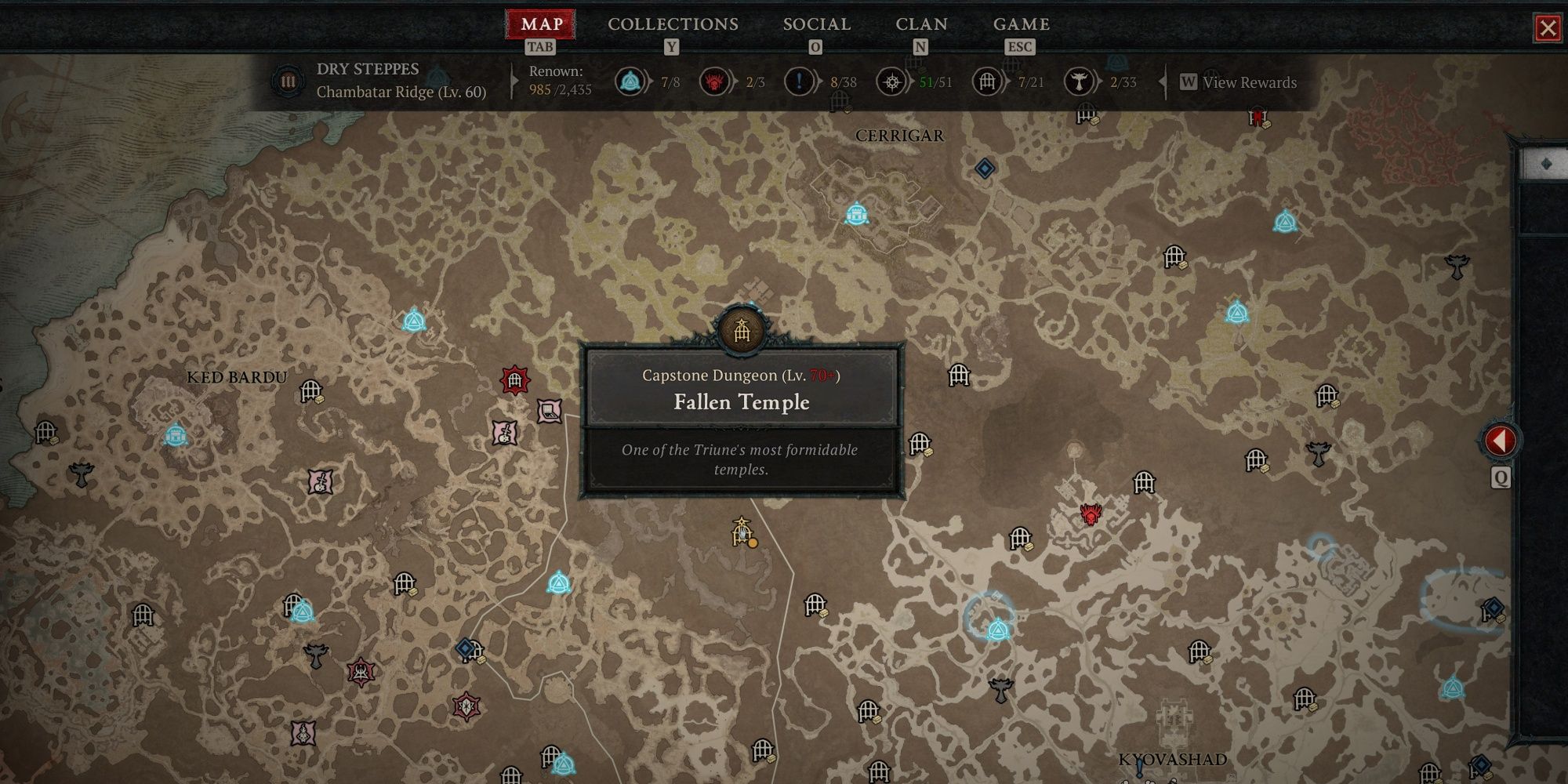
All players will have World Tiers 1 and 2 (WT1 and WT2 for short) unlocked by default, selectable in the character creation screen. The final two World Tiers are unlocked at various endgame milestones:
- World Tier 3: Unlocked by beating Diablo 4’s campaign and clearing the “Cathedral of Light” capstone dungeon on WT2 difficulty.
- World Tier 4: Complete the “Fallen Temple” capstone dungeon at WT3 difficulty.
In essence, you’ll unlock the final two World Tiers by completing capstone dungeons that unlock in the endgame. It’s best to think of the first two World Tiers as difficulty preferences while leveling. Once you get to endgame, you’ll want to create a build strong enough to handle the highest World Tier available, as higher World Tiers have a massive impact on the quality of loot you’ll receive from endgame activities.
Changing Your World Tier
You can change your World Tier at any time by interacting with the Inarius statue in Kyovashad, located northeast of the waypoint portal. You’ll be able to inspect all four World Tier difficulties and their respective modifiers. Changing your World Tier will reset your instance, closing any opened town portals and Nightmare Dungeons. There’s no limit to how many times you can change your World Tier, so feel free to adjust your difficulty to suit your needs.
Which World Tier Should I Start With?
The answer to this question depends on your experience with ARPGs and how you wish to play Diablo 4. If you’re skilled at ARPGs and understand Diablo’s systems, you’ll level slightly faster on World Tier 2. If you’re a newcomer to Diablo or someone that wants less pressure to upgrade their gear, World Tier 1 is a great difficulty to play on.
This is because WT2 only provides a 20% experience bonus for killing monsters over WT1. While that might sound large to ARPG veterans, the difficulty increase is noticeable and encourages more frequent gear upgrades to counteract. Diablo 4’s campaign difficulty is not linear from our experience. Since everything scales to your level, almost all of your power comes from gear drops and Legendary Affixes, leading to peaks and valleys of difficulty. This is why recommending a specific World Tier isn’t feasible.
In essence, pick the highest difficulty that doesn’t slow down combat. If you can one-shot mobs on WT1 but not WT2, you’re going to level much faster on WT1 since you’re clearing content faster. But if you can one-shot mobs in both environments, WT2 is objectively better since there’s a 20% XP bonus in play.
Remember that you can adjust your World Tier at any time. If you can’t find an upgrade to your build, feel free to lower your difficulty for a few quests while you work on improving your character. You don’t need to min-max to have a smooth leveling experience in Diablo 4, so don’t place too much pressure on your World Tier. Pick what feels right for you and enjoy the campaign.
World Tier Modifiers
|
World Tier 1 Adventurer |
World Tier 2 Veteran |
World Tier 3 Nightmare |
World Tier 4 Torment |
|
|---|---|---|---|---|
|
Level |
1-50 |
1-50 |
50-70 |
70+ |
|
XP |
100% |
120% |
200% |
300% |
|
Gold |
100% |
115% |
115% |
115% |
|
Resistance Pierce |
0% |
0% |
20% |
40% |
The World Tier you select will impact monster level, how much XP and Gold you’ll receive, and how well enemies can pierce your elemental resistances. The first two World Tiers feature minimal adjustments to XP and Gold earnings, although enemies on WT2 are more challenging. The endgame World Tiers (Nightmare and Torment) greatly increase XP gains but allow monsters to partially ignore your resistance values. Enemies can pierce 20 or 40% of your resistances on WT3 and WT4, respectively.
World Tier 3 introduces Champions as a potential enemy type. Champions emit auras that buff monsters, typically granting damage resistance.
World Tier 3: Nightmare unlocks most endgame activities in Diablo 4. Players on Nightmare can experience Helltide events and Nightmare Dungeons, two major sources of endgame gear. Enemies and activities now have a small chance of dropping Unique items, a rarity above Legendary. These items have fixed affixes and come with build-enabling effects. Additionally, all gear can drop with the Sacred tag, denoting items that have enhanced affix magnitudes. Sacred is not a new rarity.
World Tier 4: Torment grants access to Ancestral Nightmare Dungeons, endgame dungeons that range from Tiers 21 to 100. XP gains are drastically increased, but monsters can now penetrate 40% of your resistance value. While no new rarity is added at this World Tier, Unique items are much more common at this difficulty. The Ancestral tag can also now roll on items, covered in the next section. Once again, this is not a new rarity.
Sacred And Ancestral items Explained
The hardest World Tiers in Diablo 4 have a chance of enhancing items with the Sacred and Ancestral tags. In essence, Sacred and Ancestral items roll with larger affix ranges. Sacred and Ancestral aren’t new rarity types, nor do they feature unique affixes of their own. Any item with either tag simply means it has higher affix values than what you’d normally find on an item. All rarity types can be Sacred or Ancestral, including Legendaries and Uniques.
For example, let’s say you get an armor piece that can roll with 10-25% Fire Resistance—the stat range is made up and not indicative of in-game values. If that same item dropped as a Sacred item, its affix range might become 20-35% Fire Resistance. An Ancestral version of the item would be even stronger, rolling from 30-45%. Sacred and Ancestral gear solely improve an affix’s stat ranges. They don’t indicate a new rarity or have any unique affixes.
